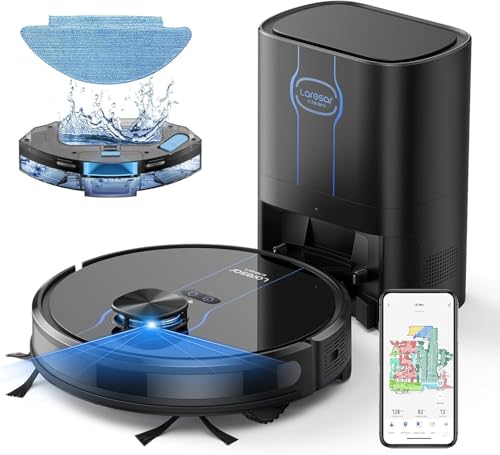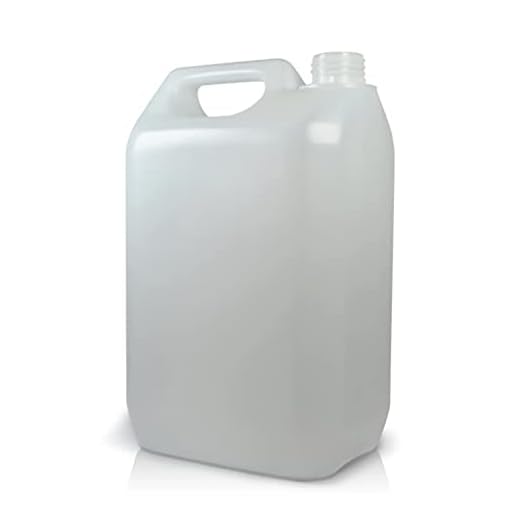

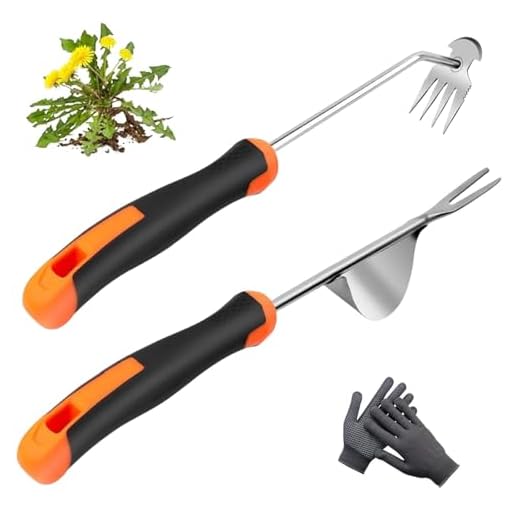

Begin with a simple blend of warm water and mild dish soap. This gentle solution is perfect for loosening dirt and grime stuck to your surfaces. Use a stiff-bristled brush to scrub areas with stubborn stains, applying focused pressure as needed. Rinse thoroughly with clean water afterwards to remove any residue.
For more persistent marks, a solution of vinegar and water works wonders. Mix equal parts of both in a spray bottle and apply directly to the affected spots. Allow it to sit for a few minutes before scrubbing with your brush. The acidity in vinegar works effectively to break down tough stains.
If you’re dealing with moss or algae, create a paste of baking soda and water. This not only removes the growth but also acts as a mild abrasive for added scrubbing power. Spread the paste over the mossy areas, let it rest, and then scrub away to reveal clean surfaces beneath.
Don’t underestimate the power of regular maintenance. Raking leaves and debris frequently will help prevent stains and growth from taking hold. Additionally, applying a sealant once your surfaces are clean can protect them from future build-up, keeping your walkways looking fresh longer.
Strategies for Tidy Paths
Use a sturdy broom to dislodge loose debris effectively. A corn broom works well for larger pieces, while a smaller bristle broom is perfect for tight spots. Combine this with a homemade cleaner from equal parts vinegar and water in a spray bottle. Spray the solution generously, allowing it to sit for 10-15 minutes before scrubbing with the broom.
Consider a sturdy scrubbing brush with stiff bristles for stubborn spots. Mix baking soda with water to create a paste; this acts as an abrasive agent. Apply the paste directly to tough stains, let it sit, then scrub with circular motions until removed.
If there are specific spots with moss or algae, a mixture of salt and water can be particularly effective. Apply it directly to the affected area, ensuring the solution seeps into crevices, and let it sit for a day before scrubbing. Rinse with clean water to wash away residues.
| Materials Needed | Function |
|---|---|
| Sturdy broom | Dislodges debris |
| Vinegar and water | Natural cleaning solution |
| Scrubbing brush | Removes stains and tough spots |
| Baking soda | Abrasive cleaning paste |
| Salt | Moss and algae treatment |
For regular maintenance, consider laying down a layer of mulch or gravel to deter growth. Regular sweeping prevents accumulation, making deep cleans easier when necessary. An old toothbrush can be useful for reaching small crevices and edges that require extra attention.
Choosing the Right Cleaning Supplies
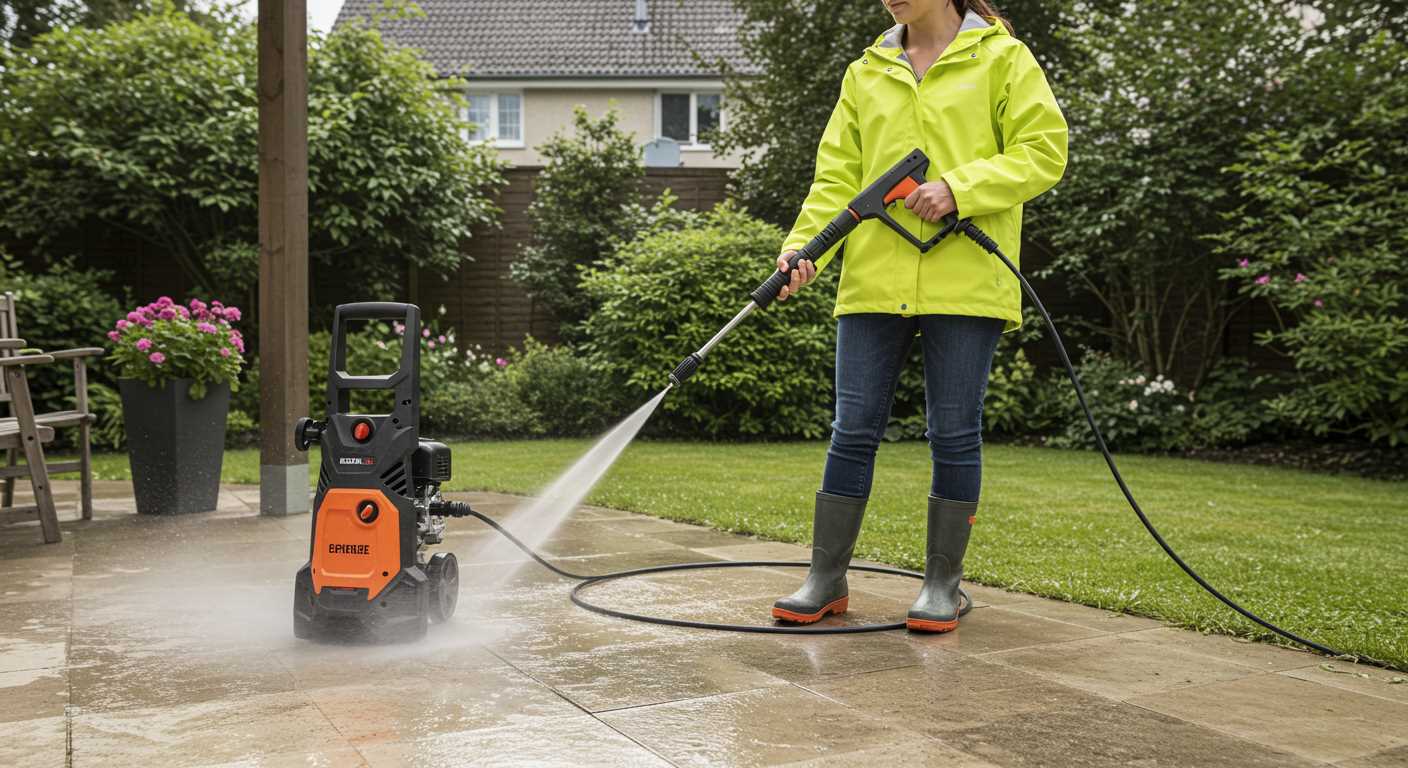
For effective results, selecting the proper tools is key. Start with stiff-bristled brushes. They offer sufficient scrubbing power to eliminate dirt and stains.
Next, look into biodegradable detergents. These are not only tough on grime but also eco-friendly, preventing any harm to surrounding vegetation. Ensure the chosen cleaner is compatible with your surface material, whether it’s paving stones, concrete, or tiles.
Consider investing in a bucket for mixing solutions; it helps streamline the process. A sponge or a mop will be handy for applying cleaning mixtures uniformly.
For stubborn spots, a putty knife or scraper can assist in lifting caked-on residue and debris. Use these tools cautiously to avoid damaging your surfaces.
Always wear protective gear. Gloves shield your hands from harsh chemicals, while goggles protect your eyes from splashes. This not only ensures safety but also provides comfort during the task.
Lastly, a garden hose or watering can will be essential for rinsing off completed areas. A gentle rinse helps remove any remaining soap or debris, leaving a fresh appearance.
Preparing the Area Before Cleaning
Clear the vicinity of debris, plants, and furniture that might obstruct your work. This not only increases safety but also allows for easier access to the entire surface.
If you notice any weeds or stubborn growth, take the time to remove them by hand or utilise a weeding tool. This process will prevent these intruders from complicating your efforts during the scrubbing phase.
Ensure the area is dry to allow for better results with your chosen cleaning solution. Wet surfaces can hinder the effectiveness of any cleaning agents applied, making it harder to achieve the desired outcome.
To avoid any unintended spread of dirt or grime, consider placing tarps or old sheets around the edges. This will help capture any residue that may get dislodged during the scrubbing process.
Lastly, assess the type of surface you are dealing with. Different materials like stone, brick, or concrete require varying approaches. Familiarise yourself with the specifics to tailor your method effectively.
Methods for Removing Algae and Moss
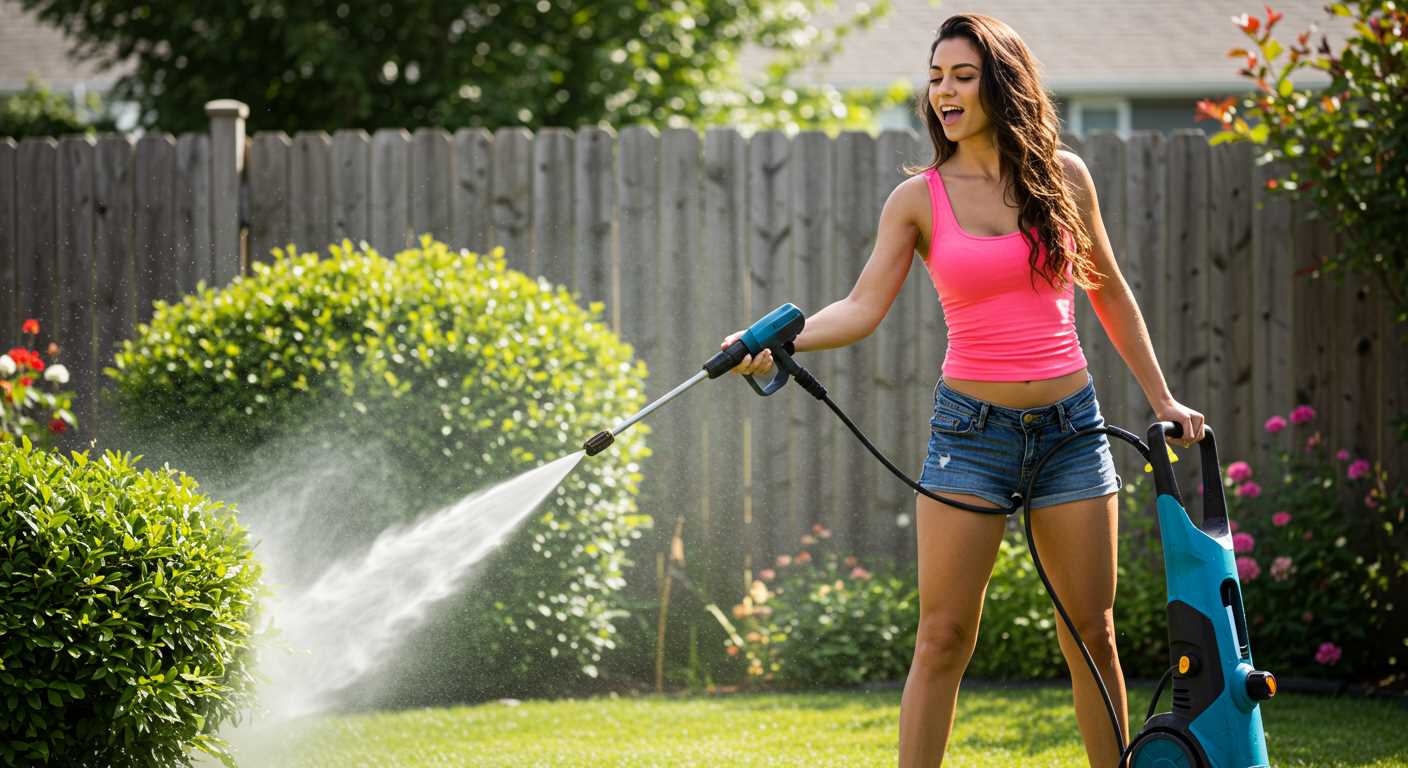
For effective removal of algae and moss, create a simple yet potent mixture using household items. Combine equal parts white vinegar and water, applying it directly to the affected areas. Allow this solution to sit for about 30 minutes before scrubbing with a stiff brush.
Natural Alternatives
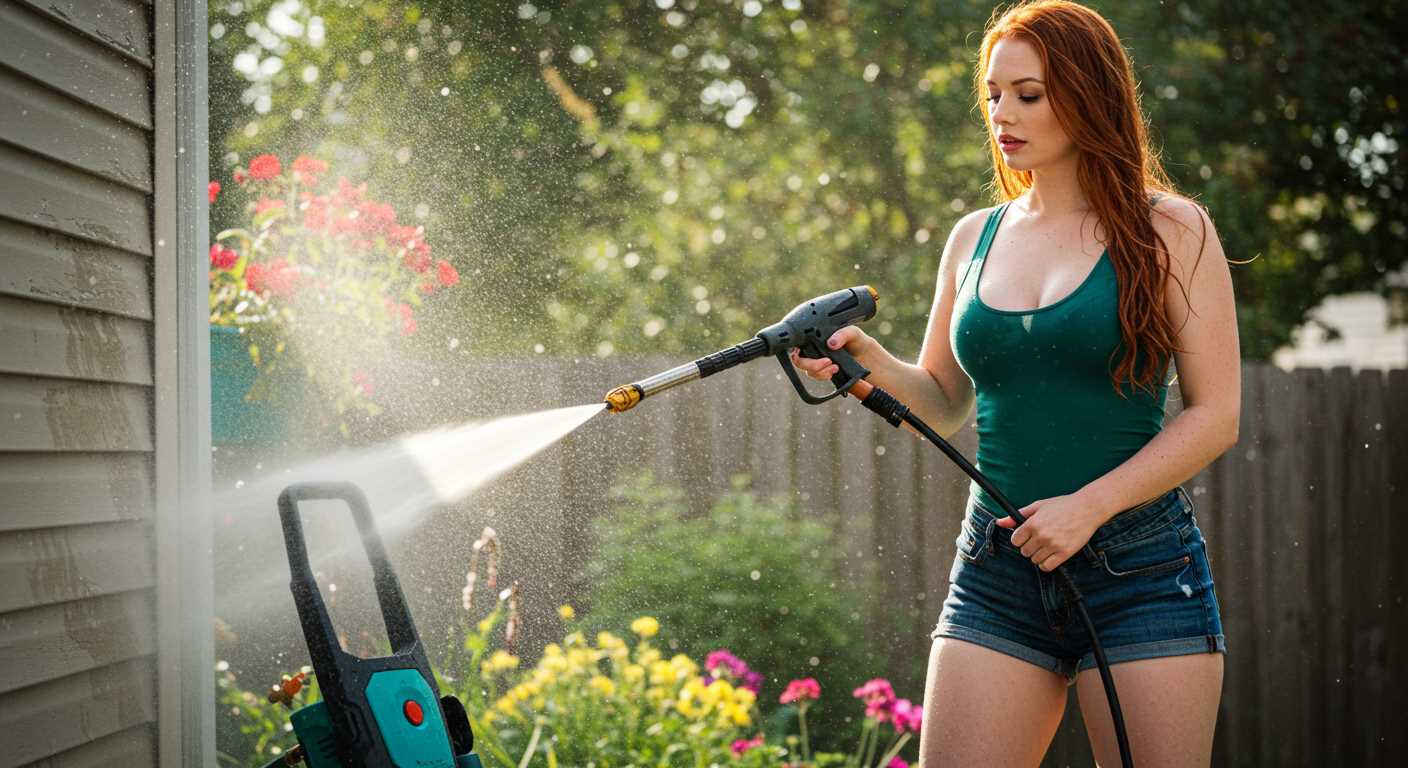
Consider using baking soda as an alternative. This natural abrasive can be sprinkled generously onto the algae or moss. Let it rest for a few hours or overnight. Next, scrub the area with a brush, rinsing thoroughly once complete.
Commercial Solutions
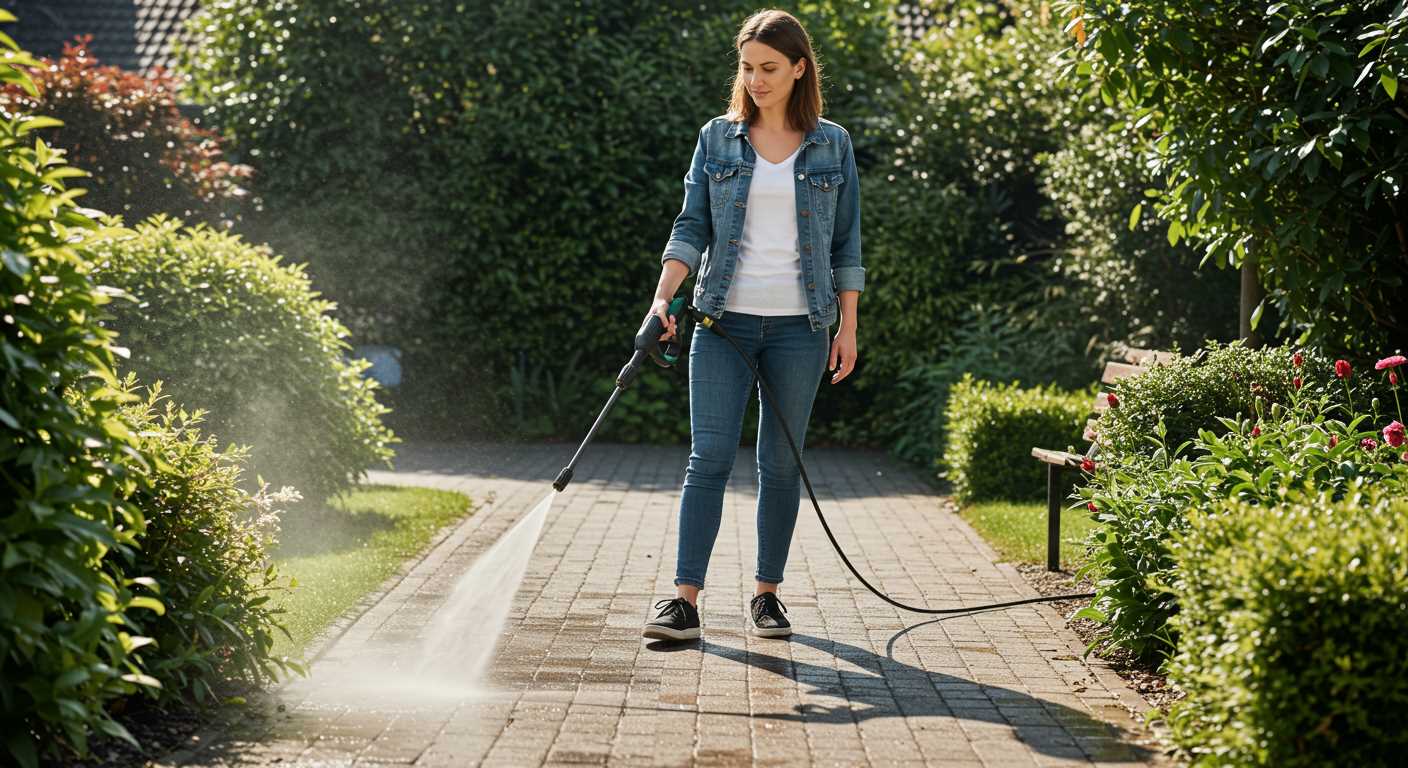
If you prefer store-bought products, I recommend checking for eco-friendly options specifically formulated for moss and algae removal. Be sure to follow the instructions provided on the label for best results.
- Read product reviews to gauge effectiveness.
- Verify that the product is safe for surrounding plants and surfaces.
A regular maintenance routine can prevent the growth of algae and moss. Apply a diluted solution of bleach or hydrogen peroxide periodically to deter regrowth.
Using Vinegar and Baking Soda for Stains
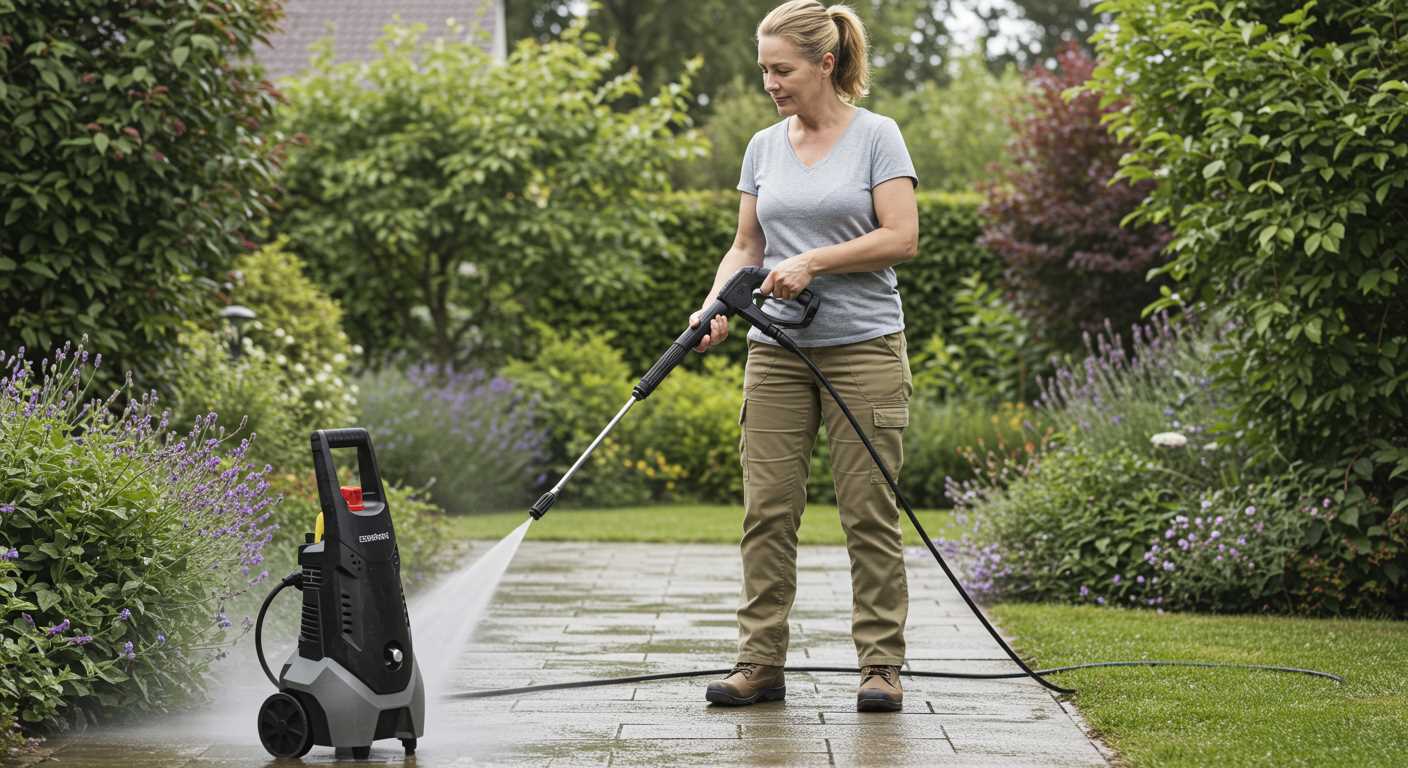
Combine equal parts of vinegar and water in a spray bottle. This solution targets stubborn marks effectively. Spray directly on the stained surface and allow it to sit for approximately 15 minutes to break down grime.
For tougher blotches, sprinkle baking soda over the area after applying the vinegar solution. The reaction between the two will create fizzing, which helps lift the stain. After about 10 minutes, scrub the area gently with a brush or scrubbing pad.
Once the stains are dislodged, rinse thoroughly with water to remove any residual vinegar and baking soda. This method not only eliminates unsightly spots but also leaves surfaces looking refreshed.
Always test the vinegar solution on a small, inconspicuous area first to ensure compatibility with the material. This approach works particularly well on stone or concrete but may not be suitable for porous materials.
For ongoing maintenance, consider applying this method monthly. It’s an economical option that utilises common household items, ensuring you can keep surfaces looking their best without extensive effort.
Scrubbing Techniques for Different Surfaces
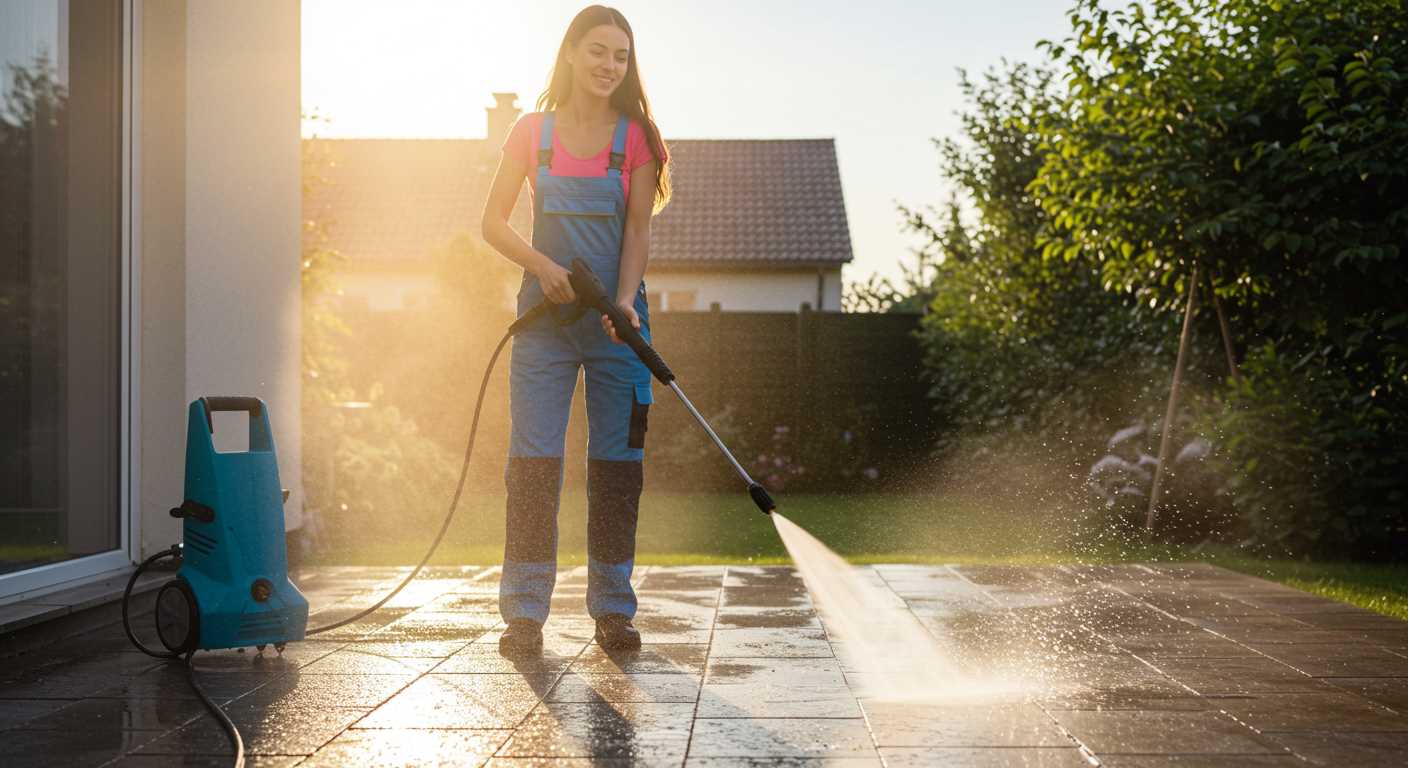
For efficient scrubbing, it’s vital to adjust techniques based on the material at hand. Here’s a breakdown of methods specific to various surfaces:
- Concrete: Utilize a stiff-bristled brush to apply a mixture of warm water and a suitable detergent. Scrub in circular motions for stubborn residues. Rinse thoroughly to avoid residue build-up.
- Brick: A softer brush or sponge is preferable for this surface. Combine equal parts vinegar and water for effective cleaning. Make sure to scrub along the brick joints to remove dirt lodged between them.
- Flagstone: Use a nylon brush for delicate natural stones. Water sprayed lightly over the surface will help loosen dirt. A stone-safe cleaner will enhance results without damaging the surface.
- Pavers: For this type of surface, a mixture of baking soda and water can work wonders. After applying, use a stiff brush to scrub. Be sure to rinse away any residue to maintain the appearance.
- Wood: Wooden surfaces demand gentleness. A soft brush combined with a mild soap solution is adequate. Take care to rinse thoroughly, as standing water can warp the wood.
Always test any cleaning solution on a small, inconspicuous area first to ensure compatibility with the surface. This prevents unexpected damage and ensures the best possible outcome.
Rinsing and Drying Your Outdoor Surface
After tackling the grime, rinsing is crucial to eliminate any leftover cleaning agents. Use a simple garden hose with a spray nozzle to direct a steady stream of water over the area. This method prevents leftover residue from settling back into the crevices.
Pay attention to the angle at which you spray. Aiming from an upward angle helps to wash the solution away efficiently, while also allowing dirt to wash away rather than being pushed deeper into the surface. Move methodically from one side to the other.
Ensure that the drying process is smooth. If the weather permits, letting the surface air dry is best. If it’s particularly humid, consider using a squeegee or a mop to remove excess water. This prevents the formation of new algae or moss from the remaining moisture.
For quicker results, absorbent towels can be used in areas prone to water pooling. Spread them over wet sections, and let them soak up moisture to expedite drying. Keep an eye on the towel, replacing it as it becomes saturated.
For those who regularly maintain their outdoor surface, rinsing can be done lightly every couple of months, aiding in sustaining its cleanliness and overall appearance.
Preventing Future Build-Up on Your Path
To minimise accumulation on your walkway, regular maintenance is paramount; a simple sweep or rake can keep debris at bay. An ongoing inspection for visible moss or algae patches ensures timely intervention before they spread.
Consider applying a natural sealant that repels moisture and inhibits the growth of unwanted organisms. Products containing an antifungal agent can provide extra protection against future infestations. Ensure you follow the manufacturer’s guidelines for application frequency and techniques.
Incorporate landscaping tactics, such as planting ground cover or installing edging, to limit the amount of soil and organic matter that makes its way onto surface areas. Choosing plants that thrive in your local climate can reduce leaf litter and other organic debris.
Positioning a doormat or stone tiles at entry points significantly reduces the chances of dirt being transported into the area. Frequent cleaning of these mats ensures they function effectively.
Lastly, maintain a well-drained environment. If water tends to pool, consider reshaping the terrain to facilitate proper drainage, thereby eliminating a breeding ground for growth. Adjustments, such as installing drainage channels or enhancing soil quality, can lead to long-term benefits. By integrating these strategies, I’ve observed a marked decrease in maintenance time and effort related to buildup issues.

